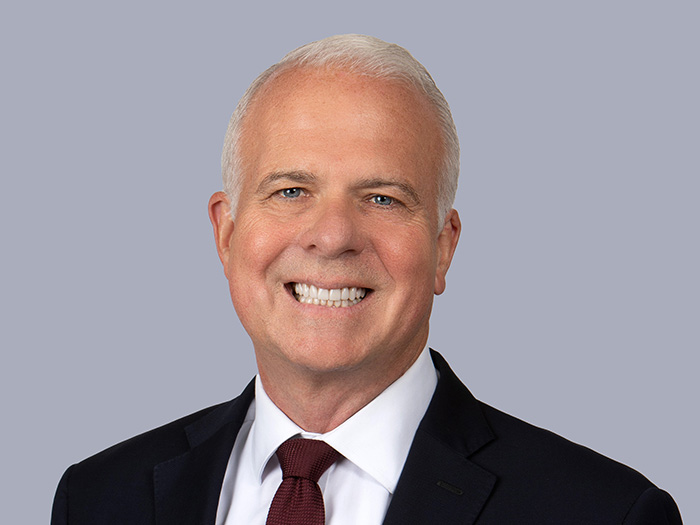Sponsored: Philadelphia Insurance Companies
Understanding Museum Risk: How These Essential Cultural Establishments Can Get Ahead of Risky Business

Museums and cultural centers are an essential part of society. They hold our histories and nourish our futures, bringing together artifacts, sculptures, communities, cultures and more.
These institutions are ever-changing, working hard to reflect society and contribute to the sciences, the arts and other key aspects of our collective education. To remain current, museums have begun to offer new exhibits with key hooks — like wine nights in the art gallery or sleepover field trips for kids.
“Museums and cultural centers are in the business of entertainment; they’re working to grab your attention and bring you in,” said Tim Herman, underwriting supervisor of public services at Philadelphia Insurance Companies (PHLY). “With today’s world of smart phones and six-second attention spans, that becomes harder and harder. So, they’re looking for these ways to stand out.”
But with new opportunities come new risks. Here’s a deeper look at the unique risks museums face and how museums can continue to explore ways to be creative while maintaining a safe experience for their patrons.
On Display: A Museum’s Risk Environment

Tim Herman, Underwriting Supervisor of Public Services, Philadelphia Insurance Companies
Museums and cultural centers face the same risks any business would in property and casualty.
“Unfavorable tort environments are still a challenge and the hard property market affects them like any other business,” Herman said.
More specifically on the property side is the growing risk of natural catastrophes (or Nat CATs) on museums and other institutions. Increased wind activity, deep freezes and hail being the biggest property risk foes, particularly when it comes to older buildings.
As Herman pointed out, many of these establishments date back more than a century; add in Nat CATs, and some construction issues are likely to unfold.
“We’ve had museums in the U.S. for quite a long time. Historical buildings like these were built prior to modernized building standards. The hard property market is only made harder when we have these unprotected older buildings in CAT prone areas,” Herman said.
Of course, these buildings can be retrofitted to today’s standards, but a cost assessment must be done to determine each museum’s appetite.
Unique Risks Museums Must Contend With
Museums and cultural centers not only have property risk in terms of their actual buildings, but they also have property risk in terms of their collections.
The collections within the museum walls constitute another area that must be reviewed, because if a covered property peril were to damage a collection piece, a typical property policy may not afford adequate protection. They’d have to look at their fine arts policies to more appropriately protect the art — and it’s not just Nat CATs that could threaten the artwork.
“There’s several examples in which sculptures were knocked over because someone with a selfie stick was backing up into the display,” Herman shared. “Museums are having to deal with new age tech and tools within the fine arts space.”
Counterfeiting is another area where museums and cultural institutions can suffer: If an establishment says it has an original piece within its collection and it later turns out it instead has a counterfeit, this can open it up to severe consequences.
“Counterfeiting can be pretty detrimental to a museum. First, because they’ve somehow acquired counterfeit art. But secondly, if you look at the financial documents of a museum, a large amount of annual revenue comes from donors … When museums do have a potential counterfeit scandal, they will lose trust with their patrons and their donors, and they can see a significant drop in the amount of revenue they can typically generate from them,” Herman explained.
Finally, as mentioned above, besides the building and the art itself, museums and cultural institutions are bringing forth new ways to get people into their buildings. Wine nights mean museums must review their protocol for liquor exposure; including ensuring a proper serving policy and any necessary licenses, Herman noted.
Then there are the events geared toward children, such as daytime field trips and overnight stays. Herman stated, “While daytime field trips are acceptable with proper controls and it wouldn’t pose much of additional risk when it comes to the capacity that is available. Overnight exposure is a different story.”
“While we do have a lot of local schools or groups renting out museums for events, birthday parties, overnight stays; when the establishment does have these types of exposures, getting higher limits on abuse or on casualty can get a bit more difficult to place. And it should be a conversation with the insured on if it makes sense to continue these services from a cost benefit point of view.”
Taking the Right Risk Mitigation Steps Forward
Museums and cultural institutions may have risk, but that shouldn’t stop them from finding more creative ways to get people in their doors and share their histories with audiences far and wide. At Philadelphia Insurance Companies, keeping museums fully operational is the mission.
“You can rely on us,” said Herman. “We have the expertise within the museum space, and we have the ability to answer questions and provide solutions for these institutions.”
PHLY has fine-tuned its risk management approach to museums’ biggest risks. Herman and his team have delved into the nuances of museums’ risk factors and the coverages they need so there are no surprises for their customers.
For example, PHLY offers surveys of collections to ensure they are properly insured and protected. As well as on site visits ensuring patrons are adequately protected. This can be done before or after the opening of a new collection, exhibit, or event. The team’s members have become experts in addressing the variety of exposures a museum faces, looking at all the ways the museum could become open to new exposures.
Most importantly, PHLY offers its expertise: “Whether it’s myself or my team, it’s what we do every day. We look at museums throughout the country and meet with either agents who handle museums or the actual insured. We have conversations with them, and we really get to learn a lot.
“No museum is the same,” he concluded. “But the beauty is, we’ve likely seen their added events or offerings somewhere else, so we can provide our risk management expertise as well as best practices on how to make it all happen.”
To learn more, visit: https://www.phly.com/products/MuseumsCulturalInstitutions.aspx.
![]()
This article was produced by the R&I Brand Studio, a unit of the advertising department of Risk & Insurance, in collaboration with Philadelphia Insurance Companies. The editorial staff of Risk & Insurance had no role in its preparation.










